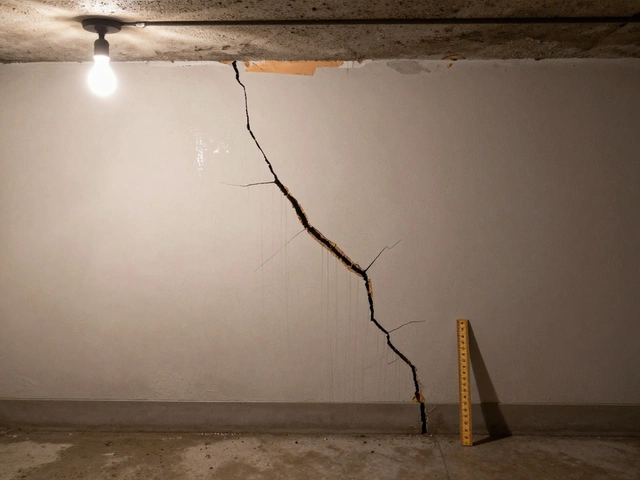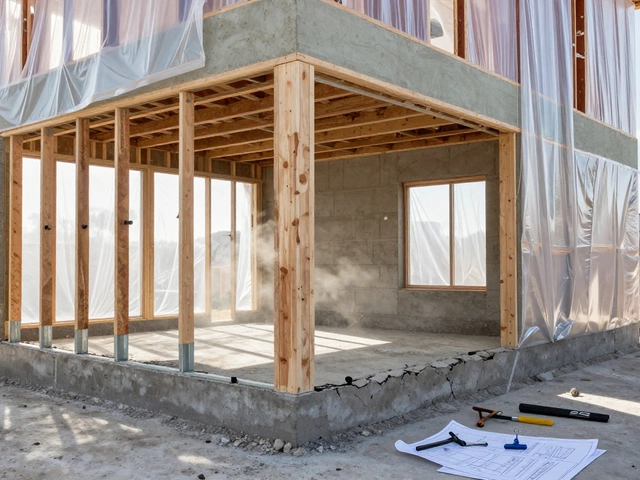Commercial vs Industrial: Understanding the Core Differences
When evaluating commercial vs industrial, the distinction between commercial and industrial building projects, their purposes, design standards, and typical costs. Also known as business vs factory construction, it helps owners decide which route fits their goals. A commercial building, a structure meant for offices, retail or services differs from an industrial building, a facility built for manufacturing, warehousing or heavy equipment. Both fall under the broader construction project, any effort to erect, modify or demolish a built environment, but they follow separate construction regulations, local codes that dictate safety, fire, accessibility and environmental standards. Commercial vs Industrial offers a clear lens to compare purpose, layout, budget and compliance, making the decision process less guess‑work.
Why the distinction matters
First, purpose drives everything. A commercial building aims to attract customers, provide comfortable workspaces and showcase brand image. That means higher finishes, more natural light, and stricter accessibility rules. In contrast, an industrial building focuses on workflow efficiency, heavy‑load capacity and equipment clearance, so ceiling heights, floor load ratings and ventilation take priority. Second, design constraints differ: commercial projects often use flexible floor plans to adapt to changing tenancy, while industrial projects lock in fixed zones for production lines. Third, cost structures vary. Commercial finishes—like polished flooring, decorative ceilings and high‑end fixtures—can add 30‑40% to the base shell cost. Industrial shells, though larger, usually have simpler finishes, but the need for reinforced structures and specialized utilities can push budgets higher in other ways. Finally, compliance pathways diverge. Commercial spaces must meet strict fire‑escape routes, occupancy limits and ADA standards. Industrial facilities must satisfy OSHA safety rules, hazardous material storage guidelines, and sometimes environmental impact assessments. Understanding these semantic triples—purpose influences design, design dictates cost, cost aligns with regulations—helps you match the right contractor, avoid costly rework, and keep timelines realistic.
Our tag collection below pulls together posts that touch on every facet of the commercial‑industrial divide. You’ll find a deep dive into the builder vs construction company relationship, practical storage‑management tips that apply to both office warehouses and factory floors, and even budget‑friendly makeover ideas for spaces that sit on the gray line between showroom and workshop. Whether you’re a property owner, a project manager, or a DIY enthusiast looking to grasp how a sideboard might fit into a commercial lobby or an industrial break‑room, the articles ahead give actionable insights, real‑world examples, and clear guidance. Dive in to see how each piece fits into the bigger picture of choosing, planning and executing the right type of building for your needs.
Is Industrial and Commercial Construction the Same?
Ever wondered what sets industrial construction apart from commercial construction? While they might seem similar, there's more than meets the eye. Both play crucial roles in our surroundings but come with different challenges and purposes. From the type of projects to financial planning, understanding these differences can be a game-changer for those venturing into or involved in the construction sector.
full article




